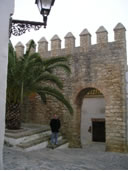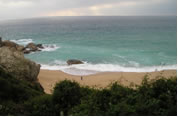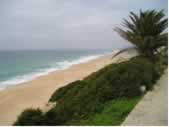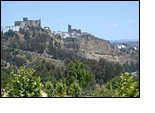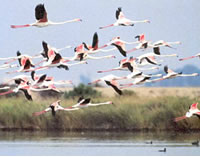![]() TARIFA
TARIFA
Lying only 14 km from the Moroccan coast, Tarifa is the southernmost town in Europe, and marks the eastern limit of the Costa de la Luz. The Castillo de Guzman el Bueno, in the midst of the cobbled streets and squares of the old town, offers spectacular views towards the Rif Mountains. Tarifa is renowned as one of the top windsurfing spots in Europe.
